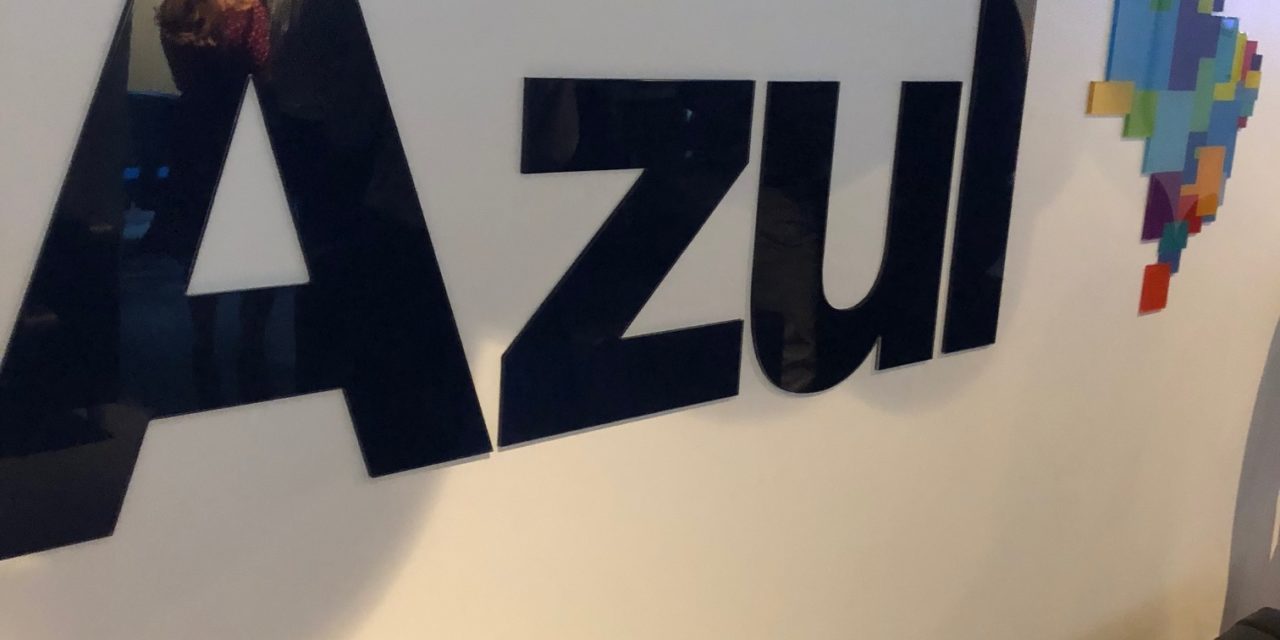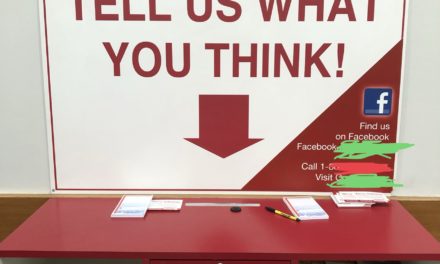The Azul Review; Part 4: Contact Center
The way we talk to companies is changing. The way we buy things is changing. Even the way we define a friend is changing. To some human contact is a burden and others human contact is hard to find. Just yesterday a friend called me and said, “I’m sorry social media has made me a lazy friend…I just check on you there.”
When I entered the business world a company with an “800” number was a big deal. They were such a big deal that they were even going to pay for the call when you needed to talk to them. Today, some of the companies I frequent don’t even have a phone number, or at least not one easily found.
Despite many technology advances, airline customers remain a group that seems to find a great comfort level in still being able to pick up a phone. A study not so many years back showed that less than 6% of all airline tickets were booked through a phone call to the contact centers. But 20%+ of customers reached out to the contact center at some point during their experience and rough 60% of all changes with travel were handled through the contact center.
Currently, the nature of or opportunity for travel disruption leads to an airlines customer base wanting a phone number nearby. But a surprising amount of customer us the phone because that is what they have “always done” despite other self-service opportunities available that were not available in the past.
Each contact center I have ever reviewed has more than their fair share of KPI’s that leaders are constantly monitoring and managing to. Hold time, handle time, idle time, fees collected, revenue per call, cost per call, time with a supervisor, call abandon, calls transferred, first contact resolution and the list goes on. The contact center environment is one of the most metric driven environments I’ve ever witnessed. Modern sports management with sabermetrics has nothing on contact center number worshippers.
But notice how the most common KPI measures are mostly about time and inevitably what someone is usually really thinking about each of these is, “Isn’t that too much time?” or “How much can we save if we cut that time?”. Please never great me wrong, I’m always concerned about the bottom-line. Staying in business is the first step to great customer service.
But stepping back, in the contact center environment are we really doing the best for our customers and employees when we send the message, with all these time KPI’s, that our employees are doing better the less time they spend with our customers?!? I don’t think many of us would feel comfortable to know our surgeon had 12 KPI’s for speed that they were judged and compensated by against one quality measure; mortality rate. That was a little extreme but you get the point, and I fear we continue to send the message that speed is more important than quality in the contact center environment.
Azul operates in a fairly traditional contact center environment. They operate contact centers in two different Brazilian locations. They take phone calls, handle emails, and interact with customers in short written form like social media, web chat, and text. They have the same cost pressures, if not more so, like any other contact center. As such the litany of time measured KPI’s are the same for them as everybody else and they all know them; and their trends backward and forwards.
Different than most contact centers, however, time metrics are not the lead of every conversation. As you walk around Azul’s San Paulo operation a few powerful things really stick out. At the end of each row of on-phone employes is a supervisor. Not away behind a closed door. Those supervisors have a standing desk and elevated chair so they can most easily see their employees and quickly get to them when they need help in assisting a customer. Over a 30 minute period, one superior I was observing spent less than 5 minutes of that time at his deck and was down the row with his team the rest of the time.
Like many places, Azul uses large screen TV’s to display focused KPI’s in their contact center. Different though is what is displayed. They have some, not an overabundance of, contact center specific KPI’s that have their turn on the rolling screens. But there are many more company-level and customer focused KPI’s getting screen time. It’s easy to get uber siloed in looking at contact center metrics, but this seems to lead to pulling things up a level and ensuring a strong sense of team and the big picture; lending to the very agent on the phone talking to one customer at a time knowing they are a valuable contributor to something bigger than a measured phone call.
The power workforce management team and leadership at Azul does an excellent job balancing the bottom-line while using all the KPI’s to point to customer needs and not just cost savings opportunities. One example is their closed-loop process of finding customers that rate the experience less than desirable and reaching back in a spirit of better understanding the service failure and to make it right with the customer. Many analyze these ratings and try to do better by the customer the next time around, but few spend the time and resources that Azul does to ensure they get to the root for the issues with the customer.
In an environment historically known for judging success by how little time an employee spends with a customer, Azul is choosing to focus on ensuring all the time spent with the customer is quality time. Their employees feel that focus and their customer scores indicate they appreciate it too.
Plus there was that one agent I was listening to calls with and I helped to know what a halal meal was, so he will be miles ahead the next time he needs to help someone with that.






What is being talked about…